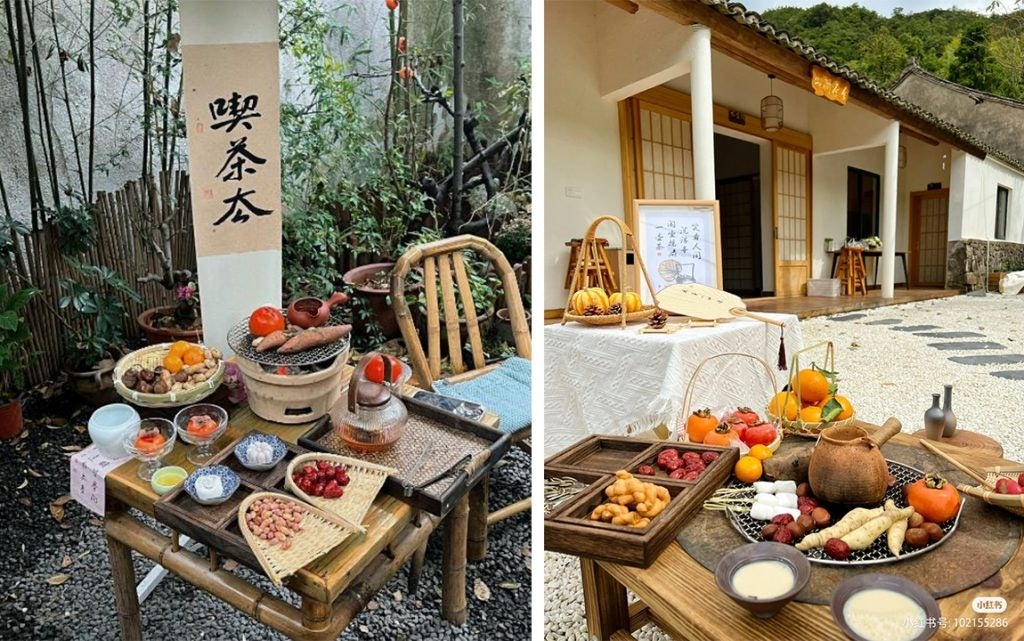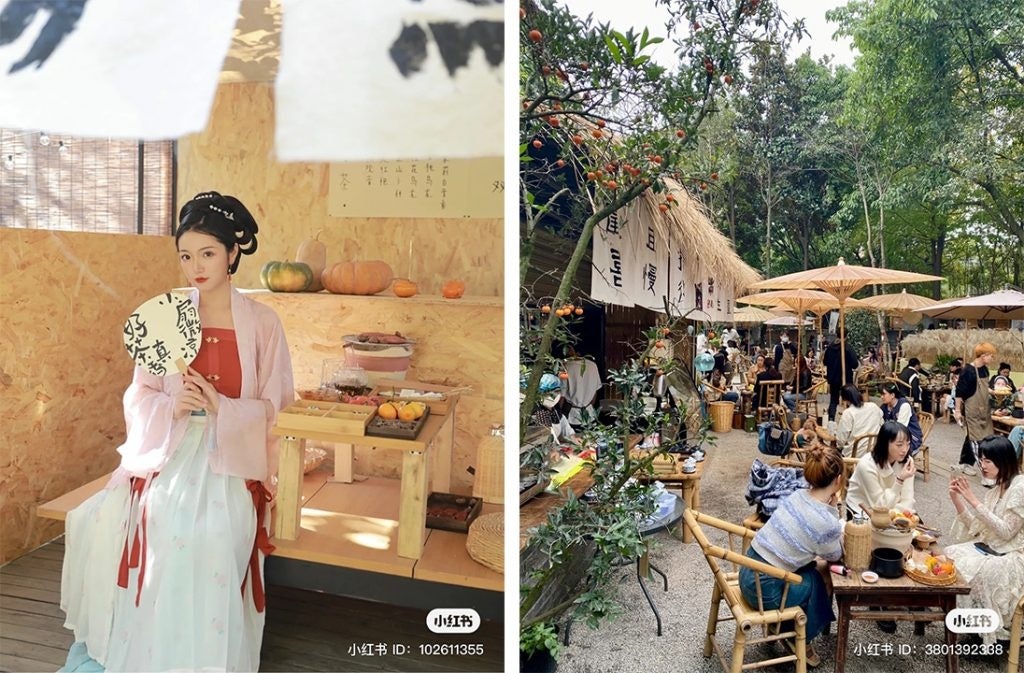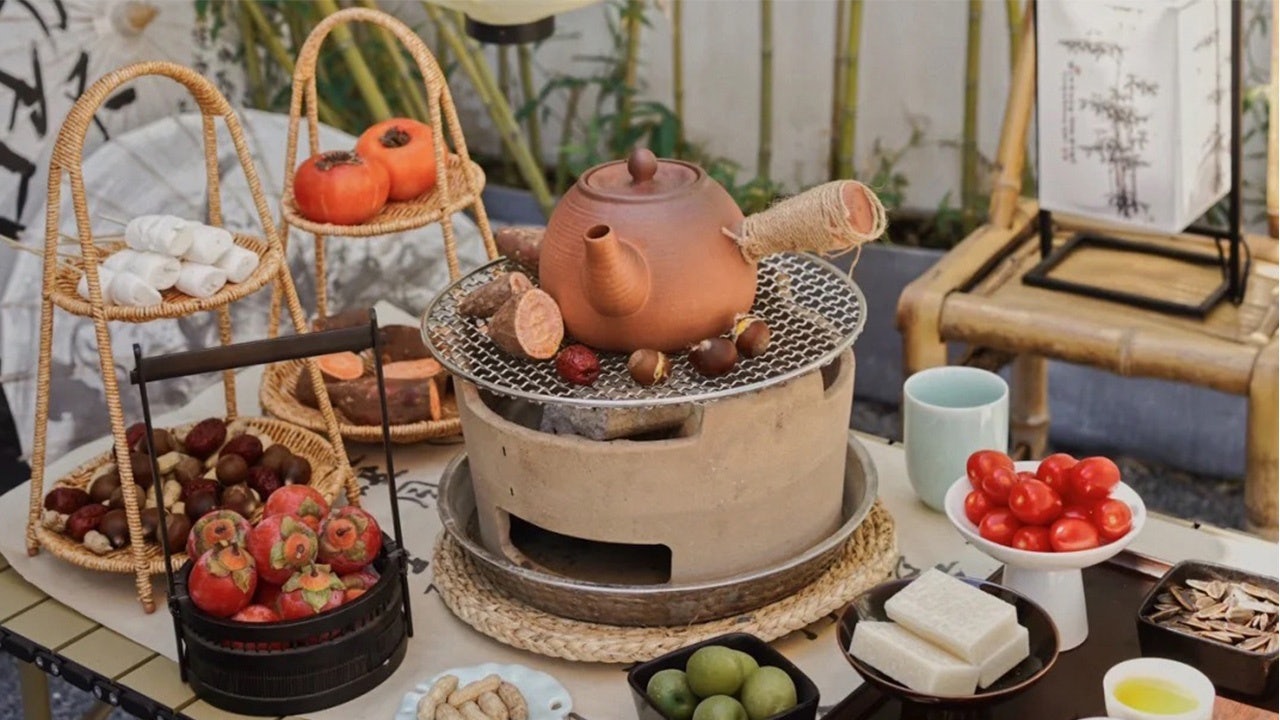What happened
“Stove-boiled tea” (围炉煮茶) is quickly becoming the latest slow-living lifestyle trend among young Chinese consumers. As the name suggests, the activity refers to lightly roasting tea leaves before boiling them in a pot on a charcoal-filled stove. People sit around the stove and have snacks such as fruits, nuts, and desserts with their hot tea, which can be enjoyed alone or blended with flowers and milk.
Originally practiced by ethnic minorities in China’s remote Yunnan Province, “stove-boiled tea” has gained viral traction across social media this fall.
On the app Xiaohongshu, there are over 40,000 posts on the topic, which have collectively received about 12 million views. On Weibo, relevant hashtags have also gained tens of millions of views. For instance, the hashtag “How wonderful it is to have stove-boiled tea in winter” (冬日围炉煮茶有多香) has gained over 18 million views.

The activity has attracted young Chinese consumers through its association with natural surroundings. People normally sit in outside or indoor courtyards with gravel floors, bonsais and flowers, and traditional Chinese decorations. Some people also post their love of stove-boiled tea while wearing traditional Hanfu clothing in these picturesque settings.
Additionally, “stove-boiled tea” is affordable and customizable. A review of Xiaohongshu posts suggests that these services at tea normally cost between 28-56 (200 to 400 RMB).
The Jing Take
Drinking loose-leaf tea has been commonly perceived as a habit of middle-aged or older people in China, whereas young people favor bubble tea or coffee. However, this trend represents the revival of Chinese tea culture among Chinese youngsters yearning for a slower life. The art of boiling tea is a time-consuming process that requires constant attention to the temperature in order to properly "cook" it.
Similar to other 2022 lifestyle trends such as glamping, cycling, and frisbee, “stove-boiled tea” reflects young Chinese consumers’ desire to escape urban settings, embrace the outdoors, and practice mindfulness. As one Xiaohongshu post testifies, “It is absolutely relaxing to drink hot tea, feel the fall breeze, and chat with best friends.” Another Xiaohongshu user states she “felt peaceful when stepping into the courtyard — a wonderland secluded from the bustling city.”
The practice is also the latest addition to China’s “Guochao,” or “national trend” movement, referring to the integration of Chinese cultural elements into modern life. Slow-boil was the dominant way to make tea in ancient China until the faster steeping method became widespread during the Ming Dynasty (1368-1644). It is telling that, in 2022, the old method is making a noticeable comeback in the hands of Chinese millennials and Gen-Zers.
Earlier in summer, the C-drama hitA Dream of Splendor, which follows three women transforming a tea shop into a successful restaurant during the Song Dynasty, led many fans to imitate the desserts, clothing, and tea from that period. “Stove-boiled tea” complements the fall and winter seasons and transcends into a widely-followed lifestyle. China’s younger generations increasingly appreciate the health benefit and spiritual comfort associated with drinking tea and slow living.

Chinese tea culture could be the next focus for luxury brands as they strive to identify new ways to connect with discerning young consumers. Some brands already offer afternoon tea services in partnership with five-star hotels in China. The popularity of “stove-boiled tea” might inspire them to introduce a broader range of products and experiences that pays homage to the traditional Chinese way of tea, and life, which values patience and serenity.
The Jing Take reports on a piece of the leading news and presents our editorial team’s analysis of the key implications for the luxury industry. In the recurring column, we analyze everything from product drops and mergers to heated debate sprouting on Chinese social media.

